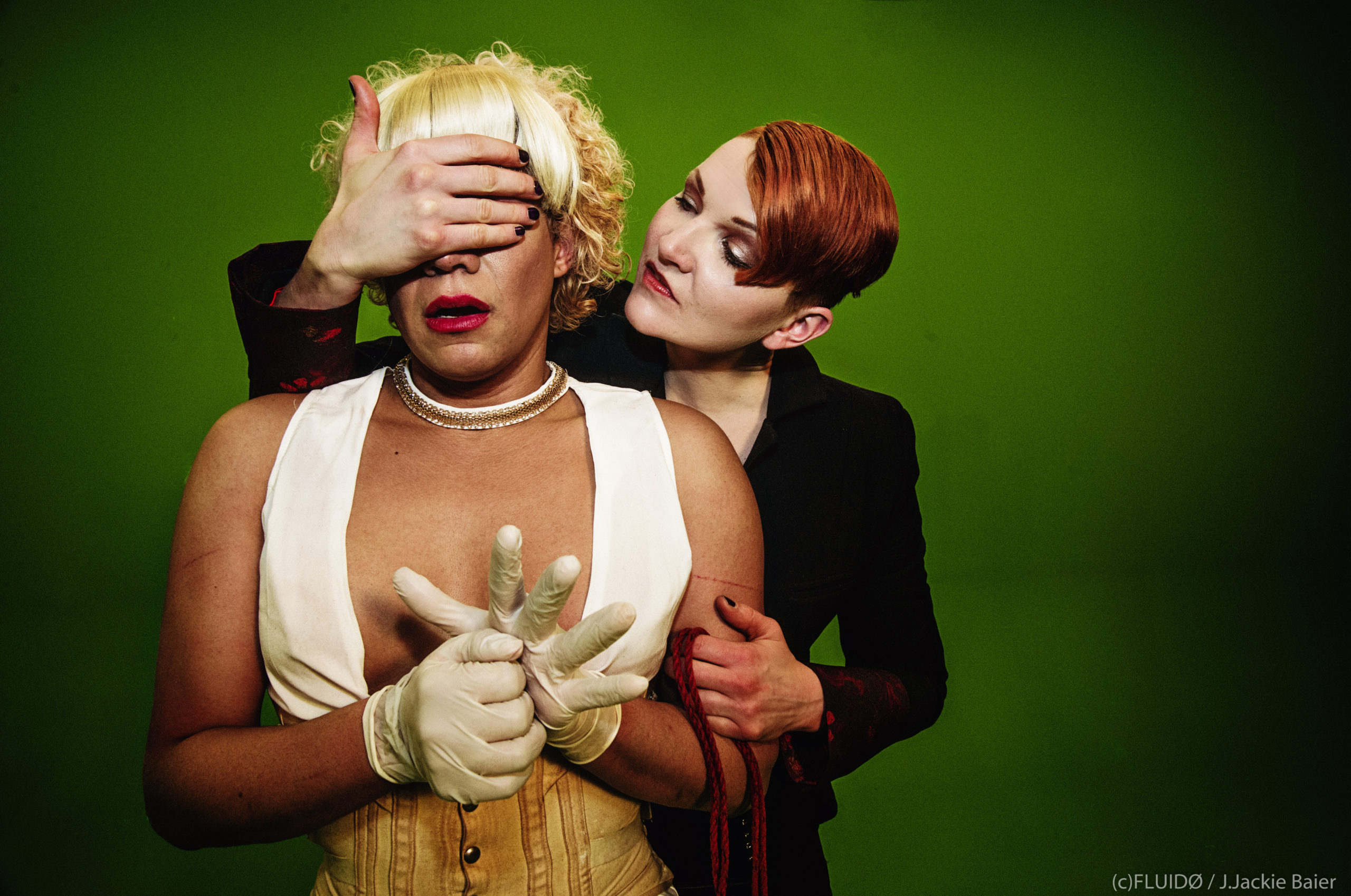According to Times Higher Education, community-based projects can improve learning and creativity. York’s Queer Summer Institute (QSI), an AMPD-wide graduate initiative, offers the York community opportunities to explore and create queer art.
Mary Bunch, a cinema and media arts professor and queer media artist, explains that the QSI gives students opportunities to explore current queer and trans ideas, voices, and images of the digital moment. She adds that the institute extends into two interconnected graduate courses.
Artist and filmmaker Shu Lea Cheang engages in genre-bending art practices that explore ideas of gender. Along with Cheang’s screening of FLUIDØ at the QSI, she also offered an exciting master class in motion capture performance.
“I invited gender-fluid humans, non-humans, nerds, geeks, trans-mutants, symbionts, microbes, and variants to join UKI VIRAL LOVE, a bio-hack viral love performance. The students got to create their own creature beings and rendered them into 3D avatars. The performance was done also using UNITY game software to upload them onto the Etrashville landscape,” explains Cheang. “We had great fun with everyone’s imagination and the random roaming of their avatars traversing among 3D Etrash.”
Though queer art is limited, an article in The Guardian discusses how queer art, particularly in video games and media, offers an opportunity for players to not only explore their queerness, but to find and contribute to meaningful communities.
“Queer artists play an important role in creating culture, engaging in social and political critique, establishing vital communities, and creating new forms of kinship. Queer art is not made in isolation, but derives from our being together, across differences. So in good times, and in hard times, we need spaces where we can be together, whether as friends and lovers, as worldmakers, and as audiences,” says Bunch.
According to John Greyson, a cinema and media arts professor, as well as a queer filmmaker and activist, explains that the QSI “offers students an intensive immersion in queer performance/media studies with emphasis on global/local solidarity, art, and activism.”
Cheang further adds that infiltration and intervention of queer work in public spaces, such as on the streets or in museums, can help to deconstruct and rebuild more inclusive spaces for all folks, and that “we are creating kinship, alliance, and solidarity across time and space.”
To learn more about Cheang and her work, click here.

